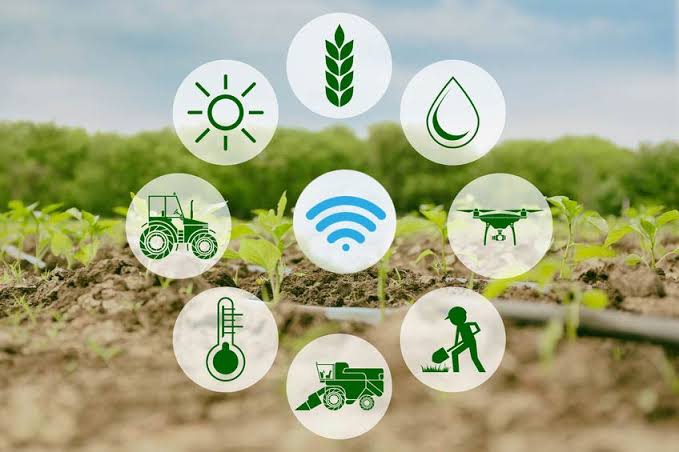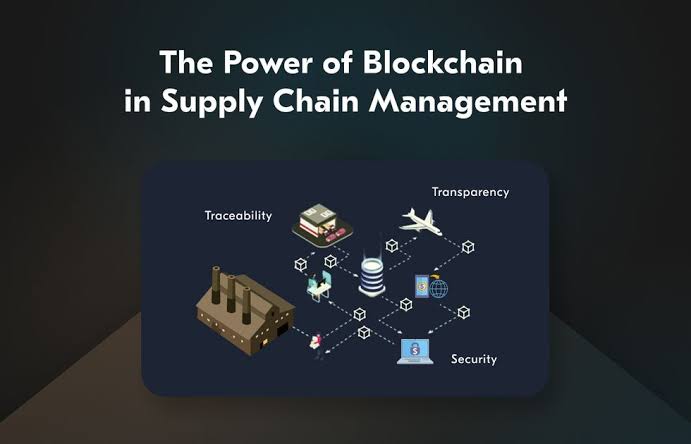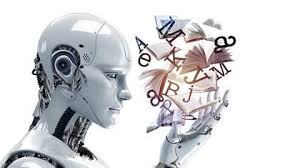The Internet of Things, commonly known as IoT, has revolutionized numerous sectors, and agriculture is one of the biggest beneficiaries of this technology. By connecting devices, sensors, and machinery through the internet, farmers can now collect and analyze real-time data to make informed decisions. This technological integration is transforming traditional farming methods into smart, efficient, and sustainable practices that cater to modern food production demands.
Precision Farming for Better Crop Management
IoT enables precision farming, which allows farmers to monitor soil conditions, weather patterns, and crop health with incredible accuracy. Using sensors embedded in the soil, data on moisture levels, nutrient availability, and pH balance can be gathered instantly. This ensures that crops receive the exact amount of water and fertilizer they need, reducing wastage and improving yields.
Through these technologies, farmers can:
- Detect plant diseases early and take preventive measures.
- Monitor crop growth stages for timely harvesting.
- Adjust irrigation schedules based on actual soil moisture readings.
Automated Irrigation Systems
One of the most impactful applications of IoT in agriculture is automated irrigation. Smart irrigation systems use connected devices to determine when and how much water plants require. This eliminates guesswork and conserves water, especially in regions facing water scarcity.
For example, weather-based irrigation controllers can automatically stop watering when it rains or when humidity levels are high, thus reducing unnecessary water usage. This not only lowers operational costs but also ensures environmental sustainability.
Livestock Monitoring and Management
IoT is equally important in livestock farming. Wearable devices for animals can track their location, health, and feeding patterns. If an animal is sick or shows unusual behavior, the system can alert the farmer immediately, allowing for prompt medical attention.
Some benefits of IoT-enabled livestock monitoring include:
- Reducing the spread of diseases through early detection.
- Monitoring reproductive cycles for better breeding management.
- Preventing theft and loss through GPS tracking.
Supply Chain Optimization
IoT helps streamline the agricultural supply chain by tracking produce from the farm to the consumer. Sensors can monitor the temperature, humidity, and location of goods during transport to ensure freshness and reduce spoilage.
With this real-time tracking, farmers and distributors can respond quickly to any disruptions, reducing losses and maintaining the quality of agricultural products. This level of transparency also builds consumer trust in the food supply chain.
Reducing Operational Costs
By automating various processes, IoT helps reduce the labor and resources required for farming activities. Tasks such as irrigation, pest control, and fertilizer application can be controlled remotely via smartphones or computers. This minimizes the need for manual intervention and cuts operational expenses significantly.
Furthermore, data analytics from IoT devices can help farmers identify inefficiencies in their operations, allowing them to take corrective measures promptly.
Environmental Sustainability
Sustainability is becoming a key focus in modern agriculture. IoT plays a major role in minimizing environmental impact by promoting efficient resource use. For instance, targeted pesticide application ensures that chemicals are only used where needed, reducing soil and water pollution.
Additionally, optimizing water and energy usage not only benefits the environment but also contributes to long-term agricultural viability.
The Future of IoT in Agriculture
As technology advances, IoT in agriculture is expected to become even more sophisticated. Integration with artificial intelligence and machine learning will allow predictive analytics, enabling farmers to forecast crop yields, predict pest infestations, and plan harvests more accurately.
We can also expect more affordable IoT devices, making the technology accessible to small-scale farmers worldwide. This widespread adoption will help meet the growing global demand for food while ensuring sustainable farming practices.
In conclusion, the Internet of Things is transforming agriculture into a data-driven, efficient, and environmentally friendly industry. From precision farming and automated irrigation to livestock tracking and supply chain optimization, IoT empowers farmers to produce more with fewer resources. The future of agriculture will rely heavily on these innovations, ensuring food security for generations to come.



